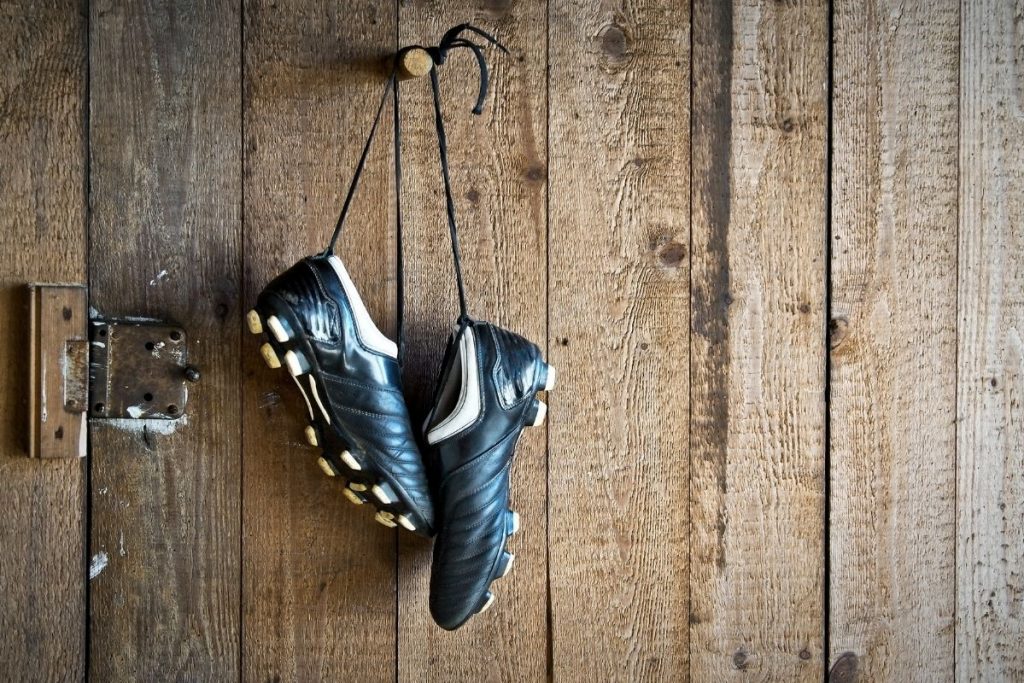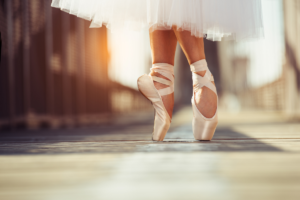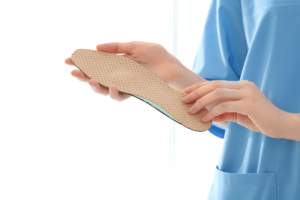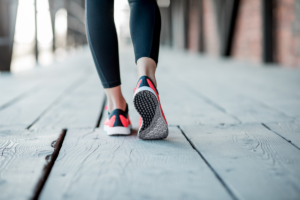With the football season fast approaching, we thought it would be beneficial to shed some light on what to look for in a boot and cover some common misconceptions surrounding stud design and features.
It’s no secret that lower extremity injuries are highly prevalent in football. With injuries to the ankle and knee joint being by far the most common and usually the most costly with long periods of time spent on the sideline.
Symptoms of ankle injuries (which account for up to 76% of all lower extremity football injuries) can last for years post injury, with signs of instability, swelling, and long term cartilage damage that can lead to degenerative changes and osteoarthritis within the ankle joint.
In addition, the highest incidence of anterior cruciate ligament (ACL) knee injuries was recorded in adolescents playing pivoting sports such as football with injured athletes having an increased risk of osteoarthritis within 15–20 year of injury.
Although football can be a largely contact sport, 25%–36% of injuries are reported to be non-contact. It has been long believed that one of the major causes of non-contact injury, is foot fixation and the shoe–surface interaction.
Footwear traction is broken into two components, translational traction, which is important for the athletes to run quickly (we all want speed to burn!) and rotational traction, which is required for pivoting and rapid changes in direction. It’s this rotational traction that is the key to injury prevention in our boots for the Australian climate.
Stud Design
One of the biggest misconceptions surrounding football boots is stud design. When it comes to stud design, everyone has a differing opinion on the advantages and disadvantages of bladed cleats vs moulded studs.
The fact is that there is no statistical significance surrounding the benefit of either method of stud design in regards to lower limb injury. This means that whether your boot has rounded studs, blades or a hybrid mould there is no difference in the interaction between the playing surface and the boot when pivoting.
However the amount of studs, the placement of the studs and the length of the studs do play a role in surface interaction within our Australian playing conditions. Typically the fields our players will be training and playing on are firm of nature, this requires a short to medium stud with a stud number between 11-14 studs per boot.
Heel Pitch
Heel pitch in a boot is the difference of height between the heel and the forefoot of the boot. This is an important feature when assessing the right boot. Typically the higher the heel pitch (up to 10mm) the less force it placed through the ankle and foot and the lower the pitch (0mm) the less force is placed through the knee and the hip.
If you have a previous lower limb injury, the pitch height can be manipulated to decrease load through the effected structures. Always consult a health care provider such as a physiotherapist or podiatrist before changing pitch height in your boot.
Comfort, Comfort, Comfort!
Picking the right boot for you once you have selected your stud number, placement and heel pitch height now comes down to last shape of the boot, weight of the boot and stride comfort.
The weight of the boot greatly affects performance, the heavier the boot the harder the body has to work to move it (pretty common sense stuff!) this effects muscle fatigue and tendon load throughout a game and a season.
The last shape of boots differ distinctly between brands with each one providing either a more narrow fit around the heel and forefoot of a wider and loser fit for those with a broader foot structure. This is important when it comes to blistering and callusing as well as injury prevention within the foot.
Finally comfort, comfort, comfort! This is the most important feature in a boot or a shoe. Studies suggest that the higher the comfort level of a boot the more efficient this boot is for to players’ individual biomechanics. Thus decreasing stress on the body and reducing injury rate.
Key takeaways:
- Number of studs and placement is key not type of stud
- Heel pitch can be adjusted depending on site of injury
- Weight – keep it lightweight
- Shape – match the hatch
- Comfort is king






